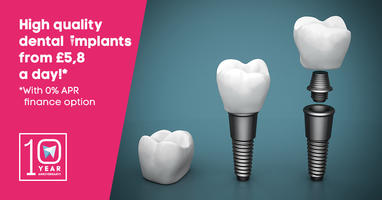Getting a dental implant is like getting a new tooth altogether. It is a replacement for a missing tooth that replaces all of the tooth, including the tooth root, thus stopping the spread of tooth loss and the degradation of the alveolar crest. This is the revolutionary new thing about dental implants, their ability to stop tooth loss, and their replacing of all the parts of the tooth. Previously, dentures, bridges and crowns would only replace the visible portion, the crown and not the root.
But as with any new technology, questions about the applicability of the product abound. Are they suitable for everyone? Are they suitable in all conditions? Are there any excluding factors?

Orthodontic treatment
One of the most frequently asked questions is about orthodontic braces. Can you have dental implants while receiving orthodontic treatment?
The answer is a “most likely”. Most orthodontic treatments (and I do mean most, like 90%) do not affect your ability to have dental implants in the slightest. Indeed, the dental implants can even aid in the orthodontic treatment, but to better understand why only most and not absolutely all procedures can be done with a dental implant, let us look at one very important the physical attribute of dental implants that natural teeth do not have.
Stasis
Natural teeth are stuck into a series of softer and harder tissues that keep them in place, and they go into sockets that are in the jaw bone, but they are mobile, and can be moved. This is why orthodontics can work at all. The teeth are pulled and pushed about by an orthodontic device, and they move through the soft tissues and the alveolus, getting into a new, healthier position by the end of the orthodontic treatment. Dental implants have no such supporting structure. They are drilled directly into the jawbone, and cannot be moved. In fact, the jaw bone grows into and through the dental implant. If that particular dental implant needs to move over to make room, then the treatment will be a failure, however, there is almost always a way around such problems. Ask your dentist if and how orthodontic treatment would be an option for you, and weigh your options.
image: 1.

